| Structure | Name/CAS No. | Articles |
|---|---|---|
 |
Chloroform
CAS:67-66-3 |
|
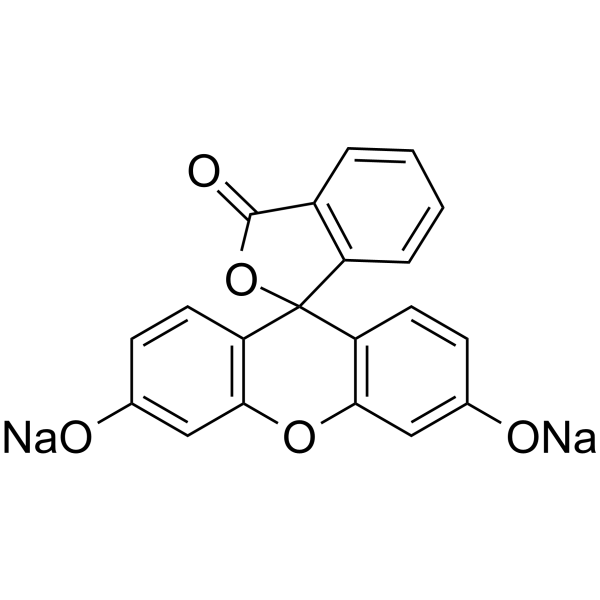 |
Fluorescein sodium
CAS:518-47-8 |
|
 |
N-Hexadecyltrimethylammonium chloride
CAS:112-02-7 |
|
 |
lauryl methacrylate
CAS:142-90-5 |
|
 |
Hexyl Methacrylate
CAS:142-09-6 |
|
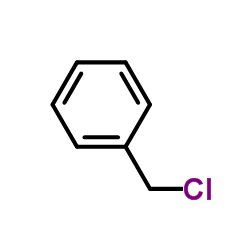 |
Benzyl chloride
CAS:100-44-7 |
|
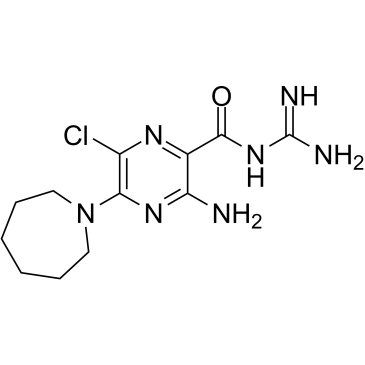 |
5-(N,N-Hexamethylene)-amiloride
CAS:1428-95-1 |
|
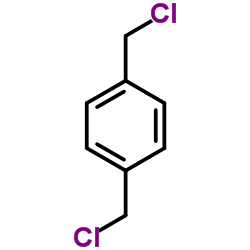 |
1,4-Bis(chloromethyl)benzene
CAS:623-25-6 |
|
 |
Butyl methacrylate
CAS:97-88-1 |
|
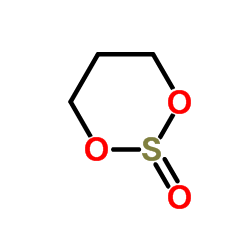 |
1,3,2-Dioxathiane 2-oxide
CAS:4176-55-0 |